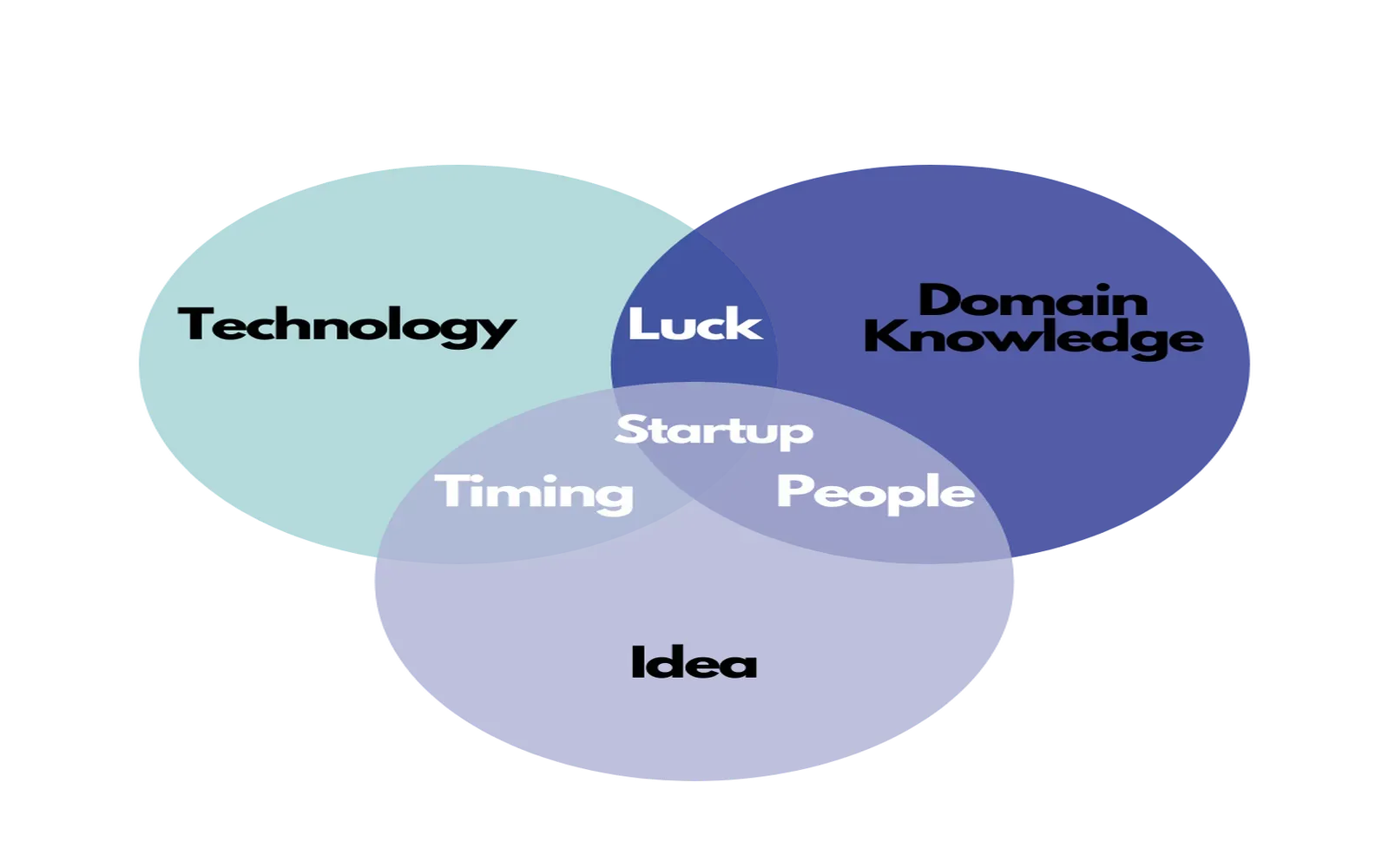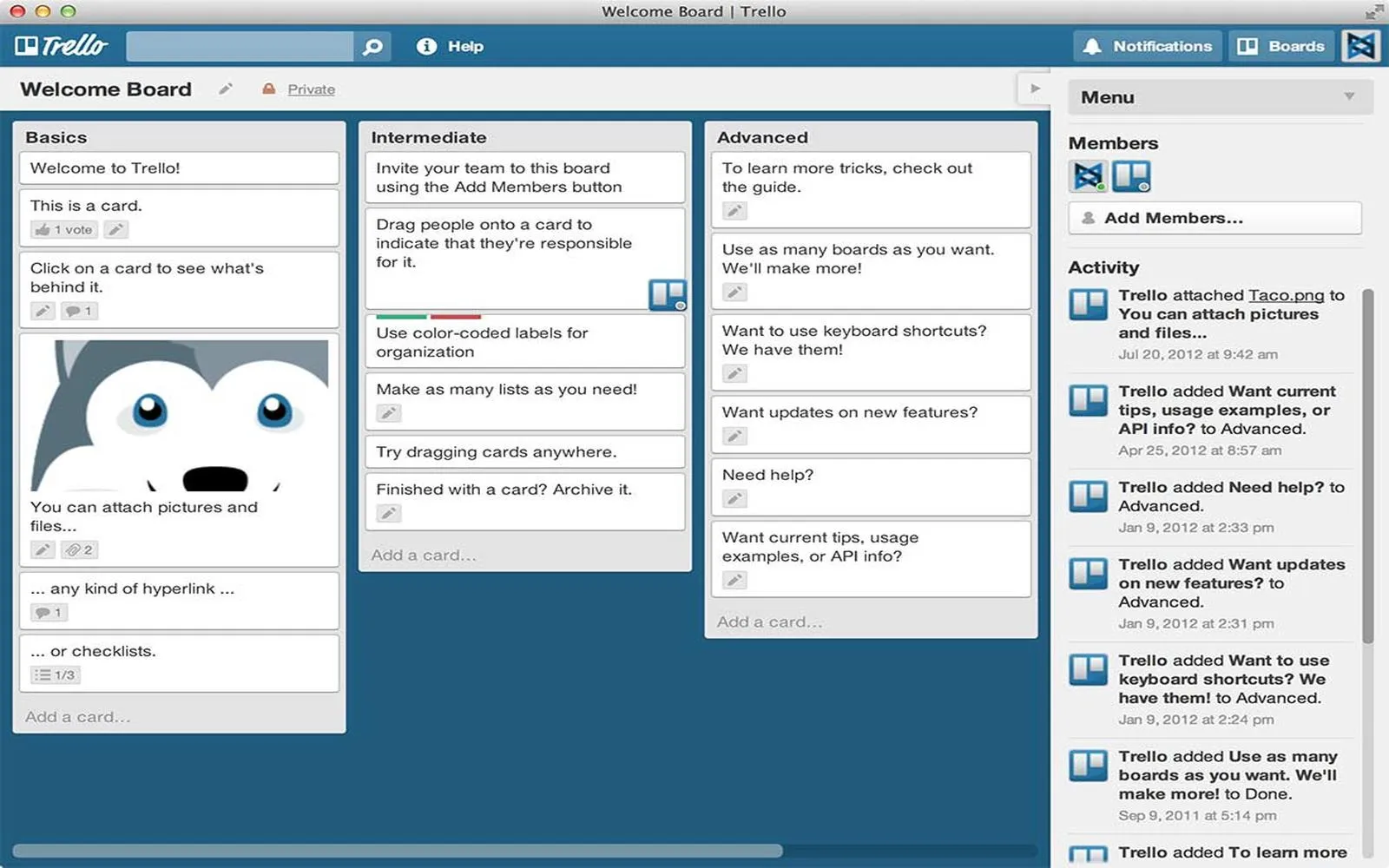Leading a remote team can often feel like a complex magic trick, requiring skill, insight, and a keen understanding of human behavior. One of the most important aspects of effective remote leadership is recognizing and overcoming cognitive biases that can hinder team performance and communication. By addressing these biases, you can create a more cohesive team environment and enhance productivity. Here are five cognitive biases to conquer in your remote leadership journey.
1. Confirmation Bias
Confirmation bias is the tendency to favor information that confirms one’s preexisting beliefs while disregarding contradictory evidence. In a remote setting, this can manifest in team members sticking to their viewpoints and ignoring valuable feedback.
To combat confirmation bias:
- Encourage open dialogue where all opinions are valued.
- Implement regular feedback sessions to gather diverse perspectives.
- Use anonymous surveys to gather honest input without fear of judgment.
By fostering an environment where every voice is heard, you can dismantle confirmation bias and pave the way for innovative ideas.
2. Anchoring Bias
Anchoring bias occurs when individuals rely too heavily on the first piece of information they encounter, which can skew their judgment. In remote teams, this may lead to poor decision-making based on initial assumptions or data.
To mitigate anchoring bias:
- Present multiple options or scenarios before making decisions.
- Encourage team members to research independently before discussions.
- Use data-driven insights to guide decision-making processes.
By diversifying the information pool, you can help your team make more balanced and informed decisions.
3. Status Quo Bias
Status quo bias refers to the preference for things to stay the same, which can hinder innovation and adaptation within a remote team. Team members may resist new tools or processes simply because they are comfortable with the current state of affairs.
To overcome status quo bias:
- Regularly introduce new tools or methodologies with clear benefits.
- Provide training sessions to ease transitions to new systems.
- Highlight success stories from other teams that have embraced change.
By promoting a culture of adaptability, you can inspire your team to embrace change rather than resist it.
4. Groupthink
Groupthink occurs when a desire for harmony or conformity within a group leads to poor decision-making outcomes. In remote teams, this can result in a lack of creative solutions and the suppression of dissenting opinions.
To counteract groupthink:
- Assign a "devil's advocate" in discussions to challenge the status quo.
- Encourage brainstorming sessions where all ideas, even unconventional ones, are welcomed.
- Create smaller breakout groups to discuss ideas independently before sharing with the larger team.
By fostering a culture of critical thinking, you can ensure that all voices are heard and that diverse ideas are explored.
5. The Dunning-Kruger Effect
The Dunning-Kruger effect is a cognitive bias where individuals with low ability at a task overestimate their ability, while those with high ability underestimate their competence. This can create imbalances in a remote team where some members may take on responsibilities beyond their skill set.
To address the Dunning-Kruger effect:
- Implement regular skills assessments to identify strengths and weaknesses.
- Encourage continuous learning and professional development.
- Provide constructive feedback to help team members understand their abilities accurately.
By promoting a culture of transparency and growth, you can help your team members recognize their strengths and areas for improvement.
Conclusion
Leading a remote team effectively is akin to performing a magic show; it requires skill, practice, and a deep understanding of human psychology. By conquering these five cognitive biases—confirmation bias, anchoring bias, status quo bias, groupthink, and the Dunning-Kruger effect—you can empower your team to perform at their best while fostering a collaborative and innovative environment.
Remember, as a leader, your role is not just to guide but also to inspire. By being aware of these biases and implementing strategies to overcome them, you can lead your remote team like a magician, creating an atmosphere where creativity and productivity flourish.
Chart: Overcoming Cognitive Biases in Remote Teams
| Cognitive Bias | Definition | Strategies to Overcome |
|---|---|---|
| Confirmation Bias | Favoring information that confirms existing beliefs. | Encourage open dialogue, implement feedback sessions. |
| Anchoring Bias | Relying too heavily on the first piece of information. | Present multiple options, use data-driven insights. |
| Status Quo Bias | Preference for maintaining the current state. | Introduce new tools, highlight success stories. |
| Groupthink | Desire for harmony leading to poor decision-making. | Assign devil's advocate, encourage brainstorming. |
| Dunning-Kruger Effect | Overestimating abilities due to lack of knowledge. | Implement skills assessments, encourage feedback. |





